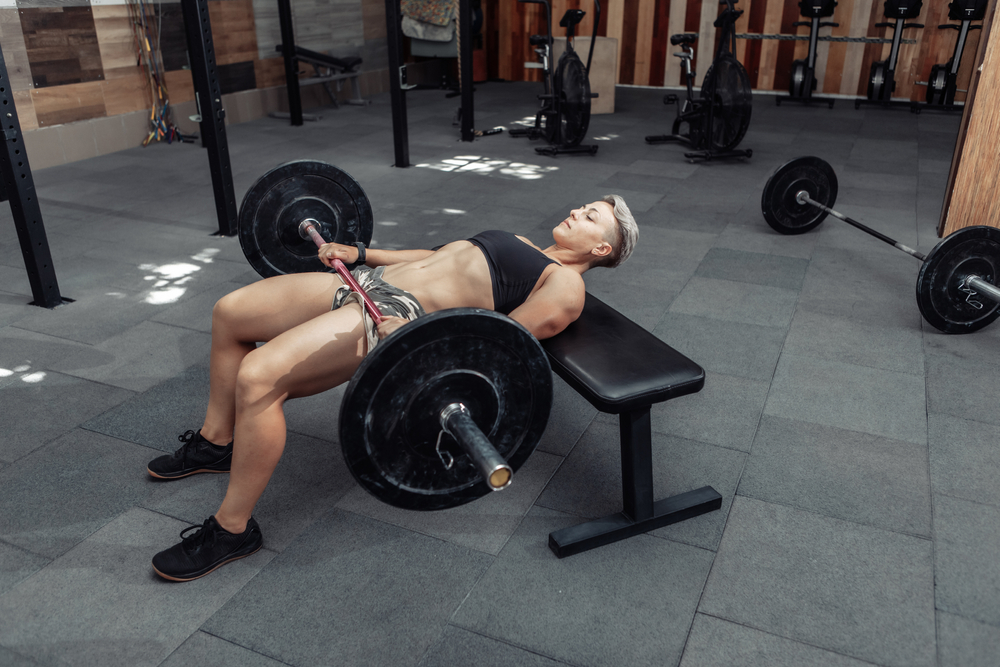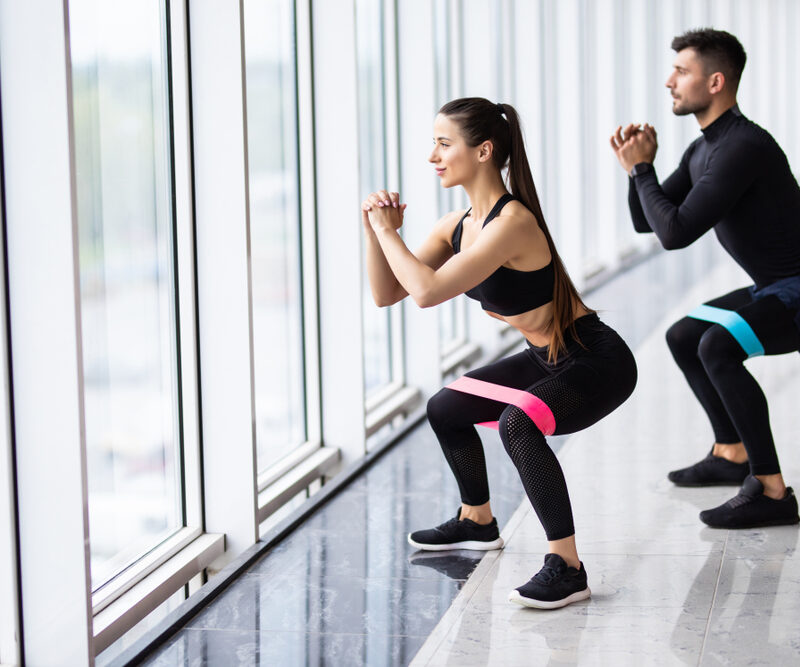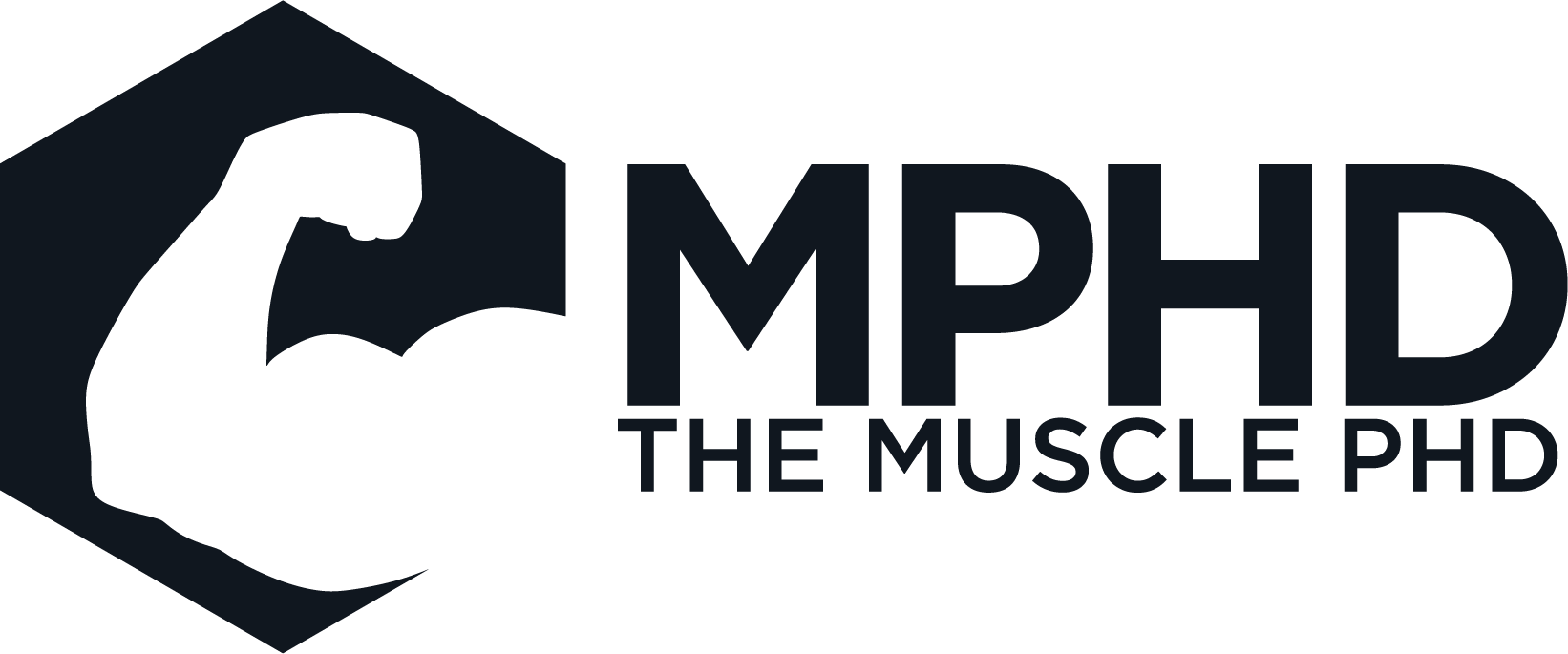Your glutes are one of the hardest muscles to grow as a bodybuilder, and not just because of how difficult the exercises that supposedly grow them are. It can be immensely frustrating when, no matter how hard you train them, you’re not seeing growth after your training sessions yet your legs are sore and your CNS is fried.
If you’re frustrated because no matter how hard you train your glutes on leg day, you just can’t seem to make your glutes grow, then you’ve come to the right place. You’re about to get no-nonsense advice on why your glutes aren’t growing.
Why Can’t I Grow My Glutes?

The first reason why your glutes aren’t growing is that your glutes are harder to activate than most other muscles on your body. Even if you do a lot of leg training, you wouldn’t necessarily have fully developed glutes.
That’s because larger muscles are generally harder to activate in your body. In addition, you can’t really see your glutes while you train–you can only see the results after you’ve finished training.
When you’re training your biceps or doing leg extensions to train your quads, you can accurately see how the muscles stretch and get recruited. The reason so many people have signs of knee injury and pain is because they’re not activating their glutes.
One of the best ways to activate a large muscle group like your glutes is through pre-activation training. Start doing pre-activation techniques before a light training or a heavy glute training.
Pre-activation training will help improve the mind-muscle connection with your glutes, which will enable you to fully, efficiently activate your muscles when you’re exercising them.
You can start honing your mind-muscle connection through pre-activation techniques that enhance your connection with the glutes, such as lateral band walks. Or, put the bands around your legs and start walking backwards.
Essentially, you’re trying to do any movement that targets your glutes in isolation, without the interference of any other muscle, developing that mind-muscle connection leads to greater activation when training your glutes correctly.
Are Squats Important for Glute Growth?
The second reason why your glutes aren’t growing is because you’re overly reliant on squats in order to build your glutes. Glutes are primarily activated when near full extension, because glutes are hip extensors.
That means that when you bend over, your hips thrust forward, extending the hips. They work better when near full extension and have more activation. A squat is hardest when you’re in the hip flexion part of the motion; when you’re near extension, the squat becomes easier.
The same is true for leg press exercises. Exercises that are most challenging when near full extension are the ones that activate your glutes the most. Glute bridges or hip thrusts are the hardest when near full extension, and that’s what works best for your glutes
So what if you like your squats too much? Then you’ll need to invest in some bands for your workouts. Using the bands on your squat exercise make the end of your squat the more difficult (when you’re near full extension). This will help activate your glutes much better than a regular squat.
Are You Training Your Glutes As Frequently As You Should?
Another reason why your glutes aren’t fully developed is because you’re not really training them as frequently as you should. If you train your legs every five days, or even if you go further and train your legs twice a week, you’re not going to see as dramatic results as you’d like.
Even if you’re getting your legs extremely sore doing squats and lunges, that won’t give you a lot of glute growth. Workouts directly targeting the glutes should focus on more shortening exercises, like glute bridges, hip thrusts, and banded workouts.

The reason these exercises work so well is not just because of the way they extend the hip. It’s also because, since they are considered shortening exercises, they won’t cause as much muscle damage as other types of exercises.
As a result, you’ll be able to recover faster, which means you can use those exercises more frequently. So, if you’re raising your legs twice a week, feel free to throw two extra days in for your glutes that are more glute-isolation focused.
If you train your glutes 3-4 days a week using these techniques, we guarantee you’re going to see a tremendous amount of development over time. While we don’t believe that squats are the best exercises for glute development, they can be tweaked for maximum effect on the glutes. To find out how to do this, check out part two of this topic, where we’ll dive deeper into how to optimize your squats, lunges, and even leg presses for glute development.
We hope this article helped you figure out why your glutes aren’t growing as much as you want them to, we’ll see you again in part two!









